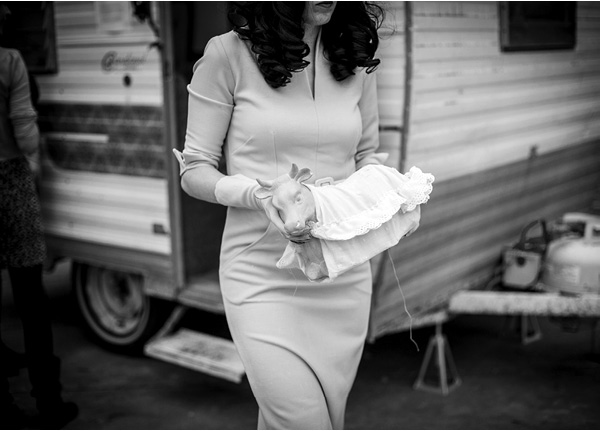
WHAT REMAINS
first performed on March 23, 2013
Lawndale Art Center, Houston, TX
performed once in 2013
THE BRIDGE CLUB
thebridgeclub.net/ bridgeclubtrailer.com
Knoxville, TN/ Warren, CT/ Huntsville, TX/ Gunnison, CO
245115103i245115103n245115103f245115103o245115103@245115103t245115103h245115103e245115103b245115103r245115103i245115103d245115103g245115103e245115103c245115103l245115103u245115103b245115103.245115103n245115103e245115103t
WHAT REMAINS
THE BRIDGE CLUB
“What Remains” was a live performance with “The Trailer,” a mobile installation and touring series of live performance works centered around and inside of a vintage camping trailer. The interior of the trailer has been transformed to more closely resemble a Victorian sitting room than a utilitarian camp, with alterations that include tufted velvet upholstery, custom woodworking and a crystal chandelier. This ornate interior contradicts a trailer’s mobility and utility, reflecting conflicting notions of permanence and impermanence.
At each performance location, audiences are invited to explore the trailer installation and interact with its objects while the four costumed members of The Bridge Club are engaged in a variety of performance activities. In a separate activity outside of the trailer and through the project website, audiences are invited to contribute objects and stories in response to a fluctuating series of questions.
For “What Remains,” performance actions involved The Bridge Club methodically handling a variety of animal figurines brought out from within the trailer itself. Each figurine was treated with a visible level of care, placed inside a lace eyelet pouch, and gently placed on the patio before being quickly and violently destroyed with a shovel. The remains of each figurine were then gingerly buried in prepared holes in the adjacent sculpture garden’s lawn. “What Remains” acknowledged the proximity of the sculpture garden and its characteristic presentation of art objects by burying another variety of art objects out of view.
As the inaugural performance work with “The Trailer” project, we felt it essential to establish a certain level of discomfort with the way that presumably audience-contributed objects were treated. While only a few objects were chosen to be immortalized through destruction, this action worked to destabilize expectations for a museum or StoryCorps variety of preservation. We are interested in exploring a tension generated through the transfer of ownership. As audience contributions are added to the fabric of the project, these same contributions are carried, in altered form, from place to place drawing connections and distinctions between places, priorities, experiences and histories.